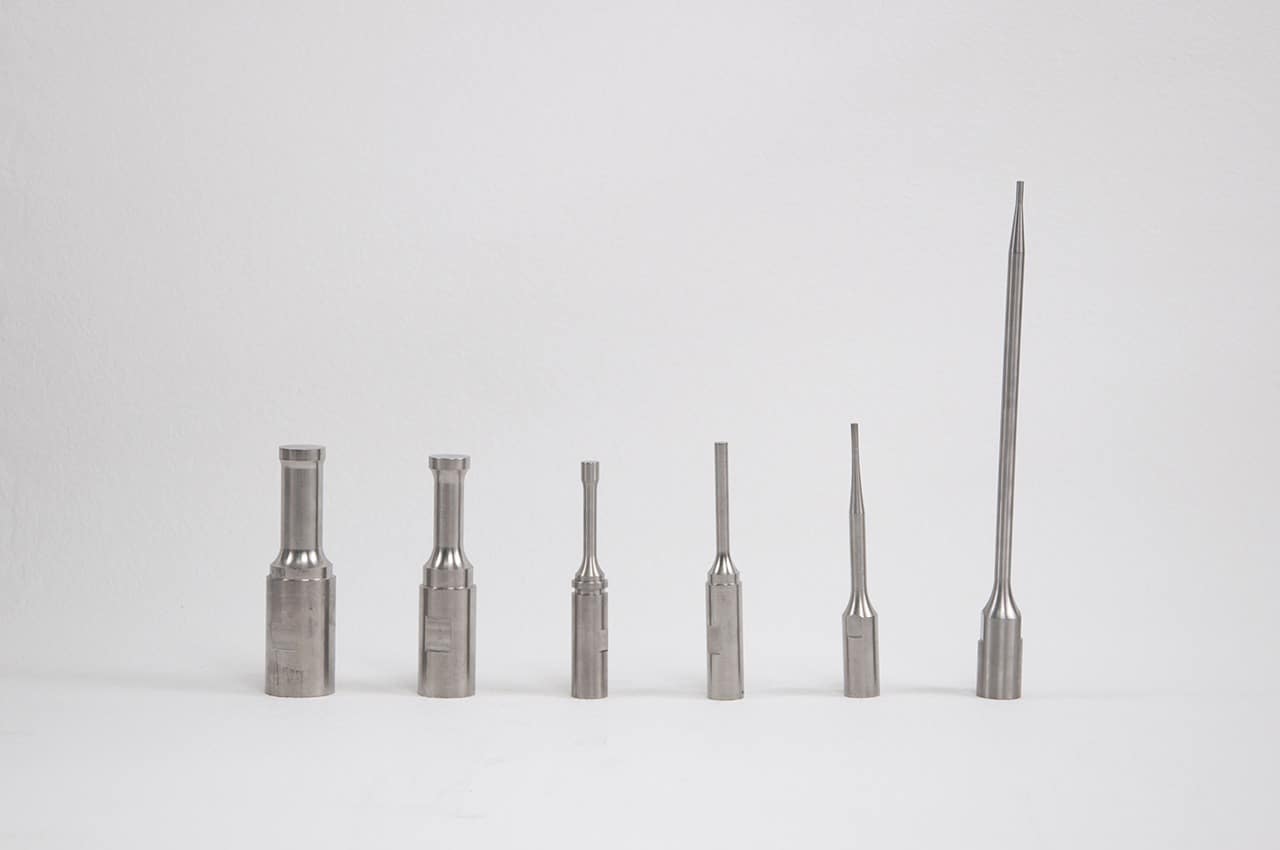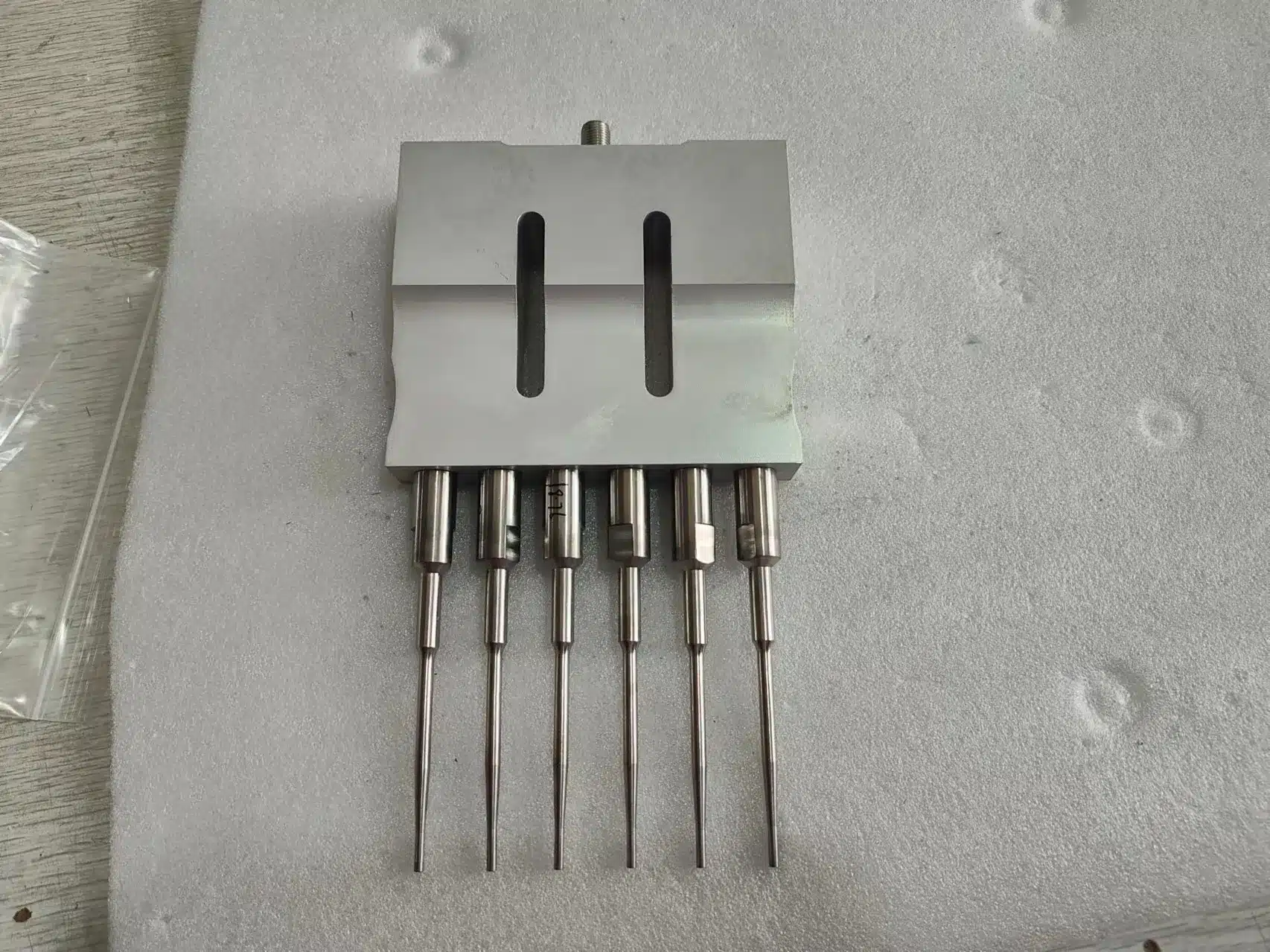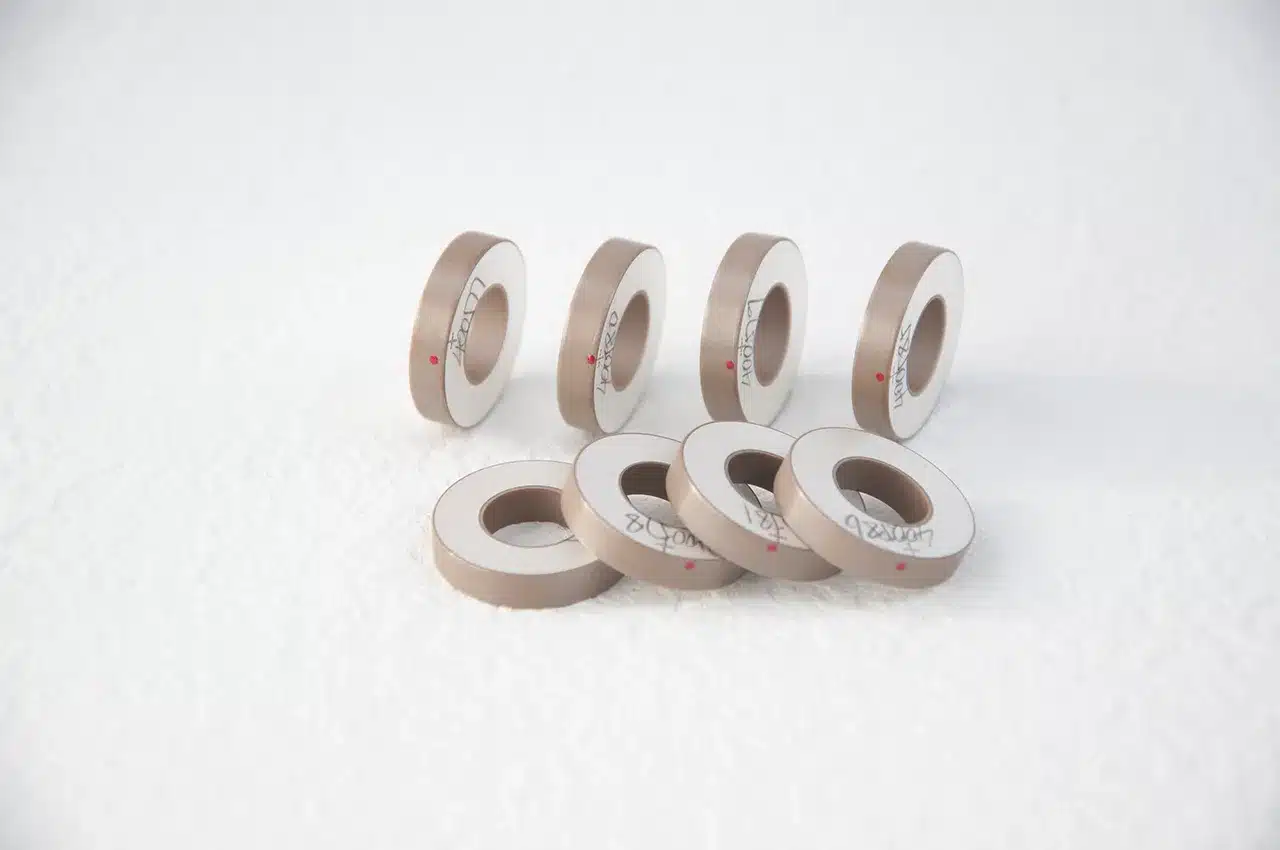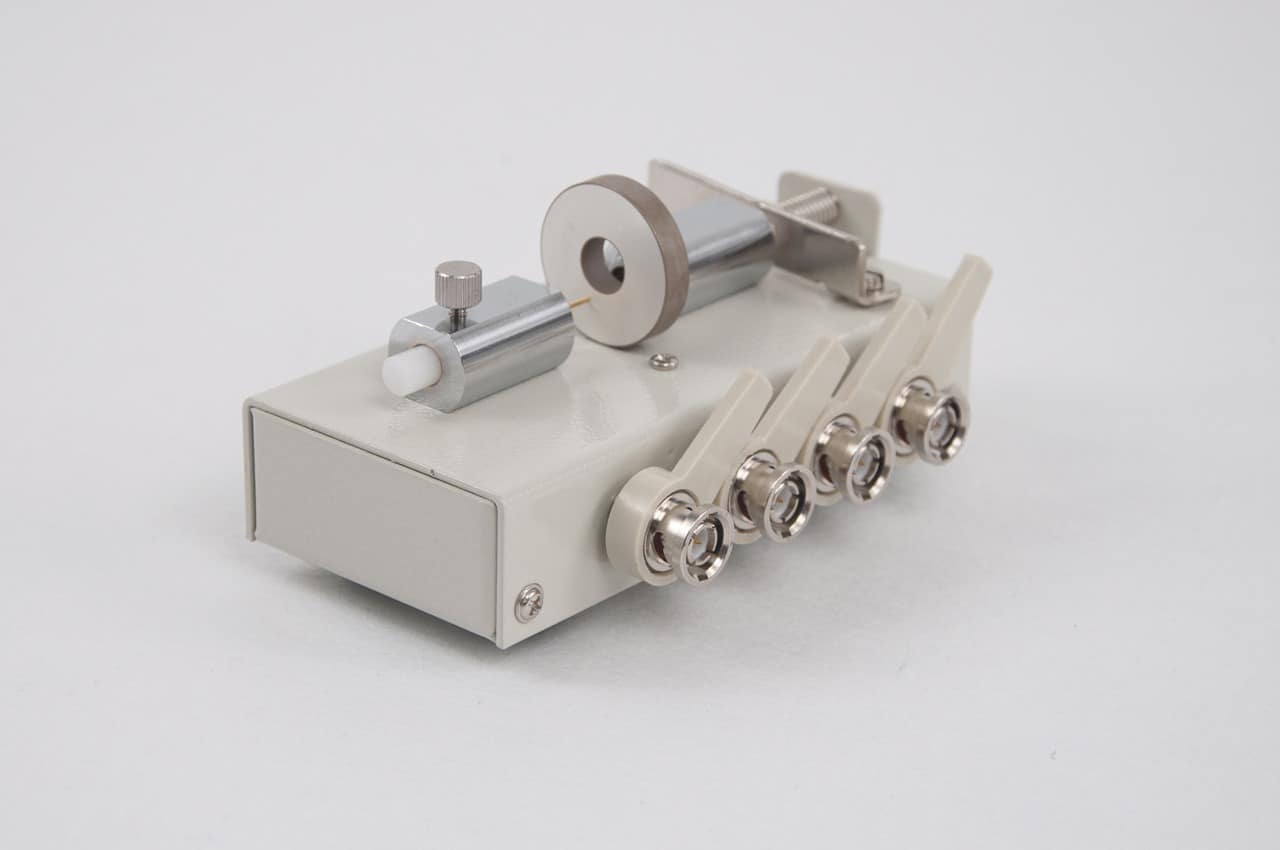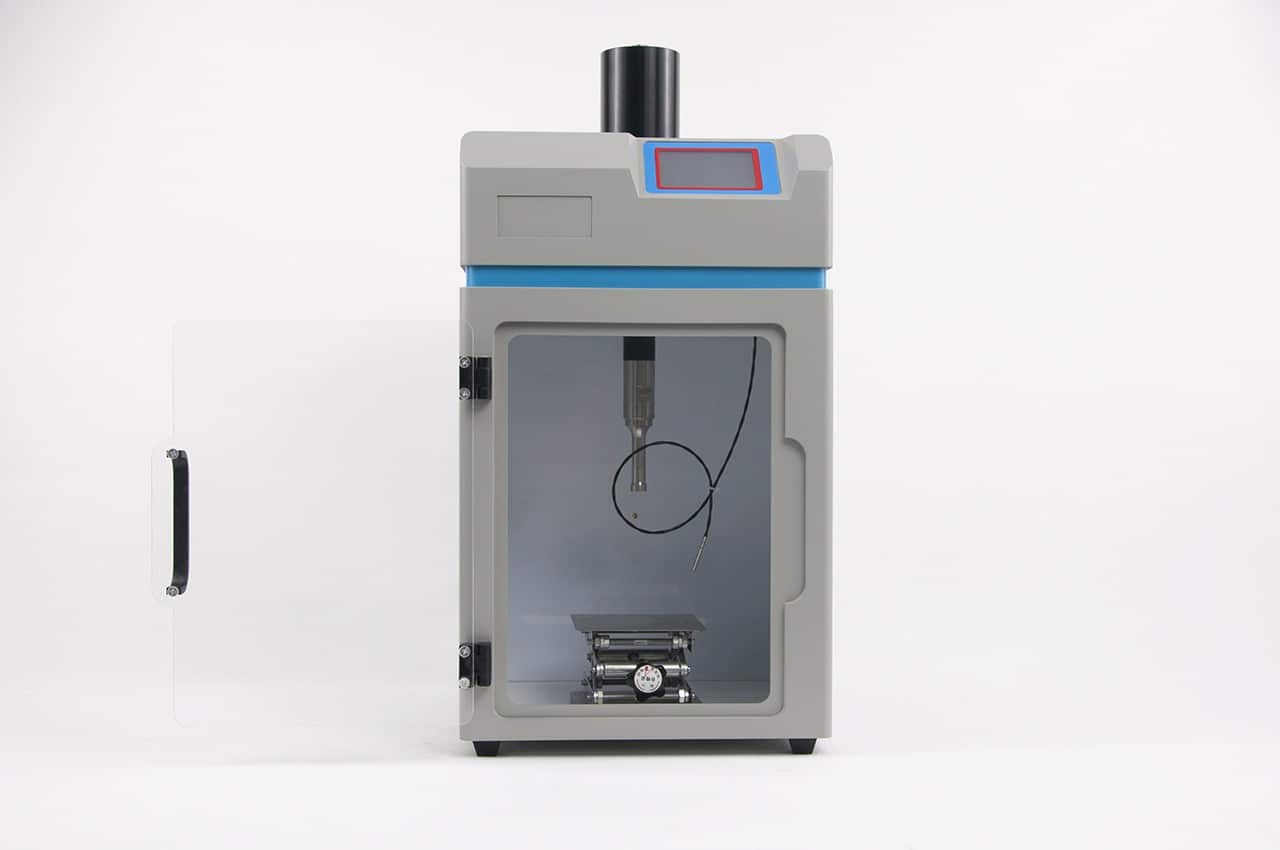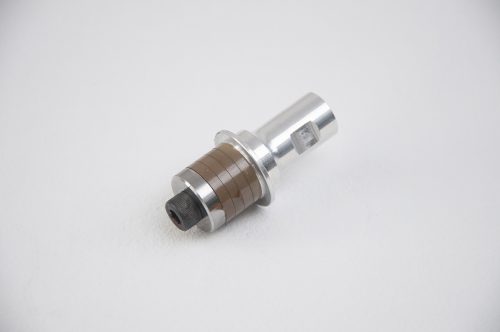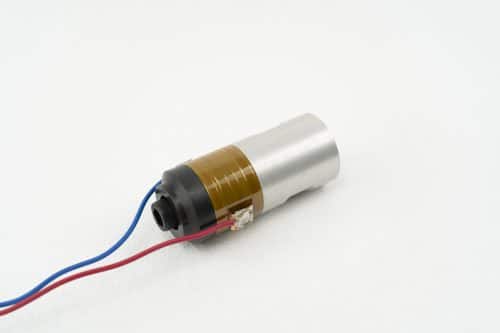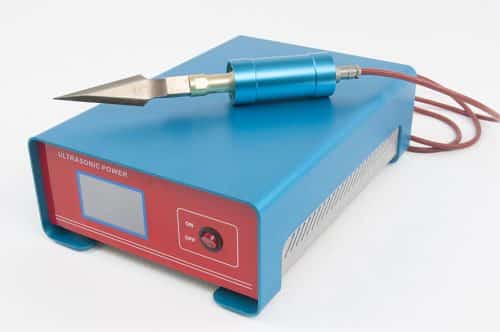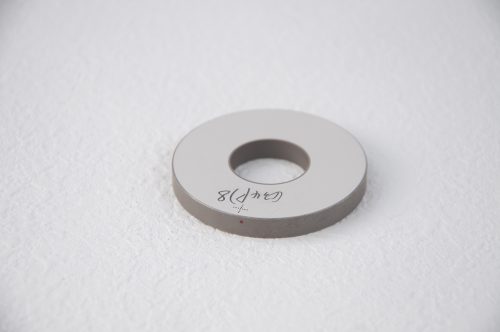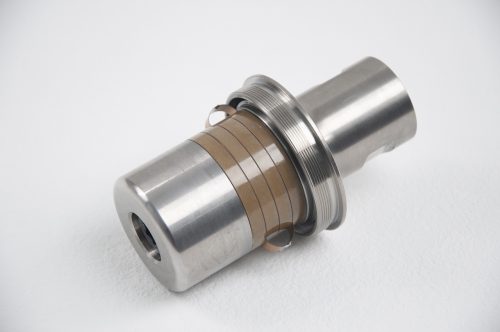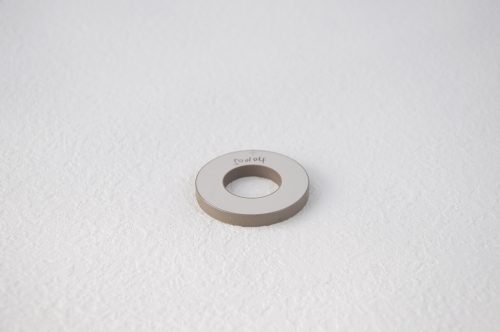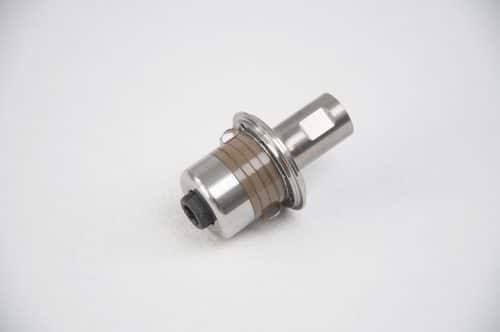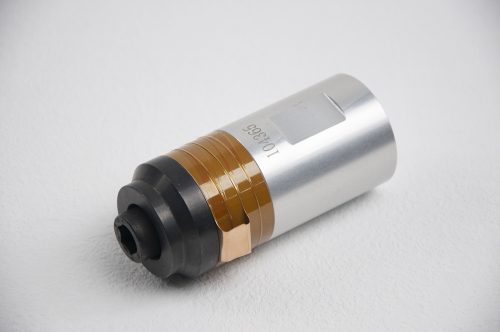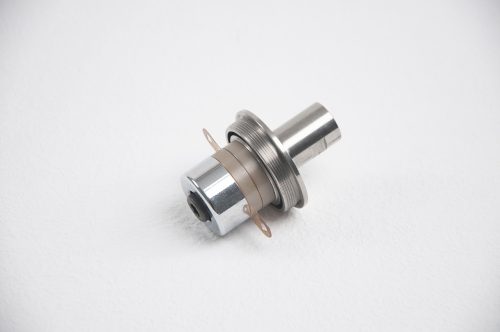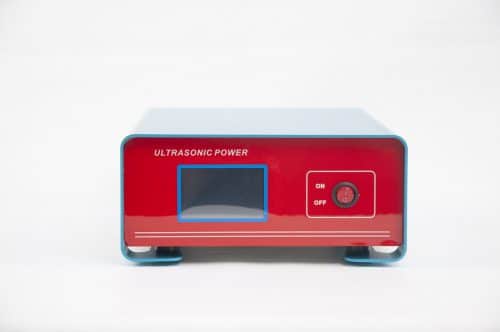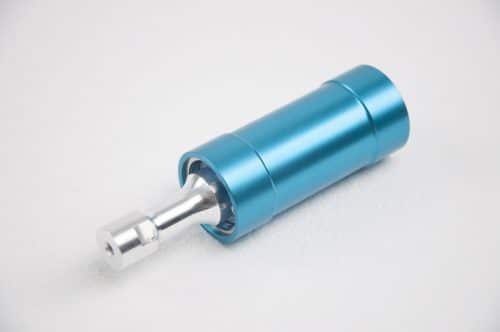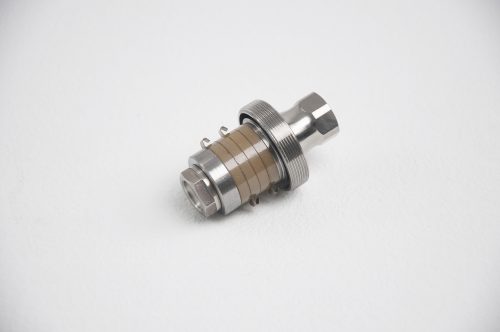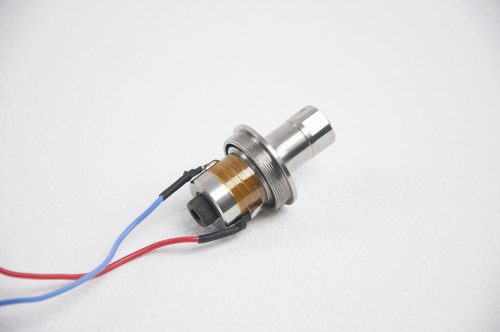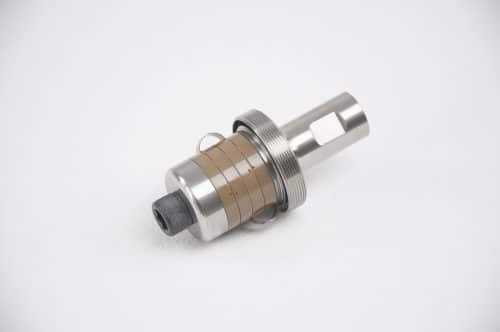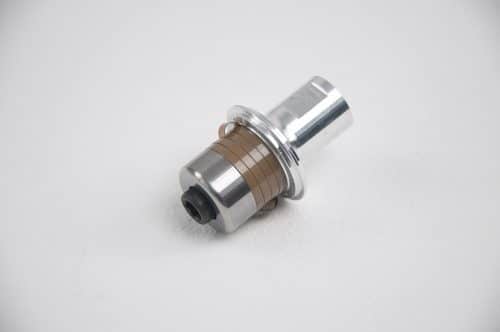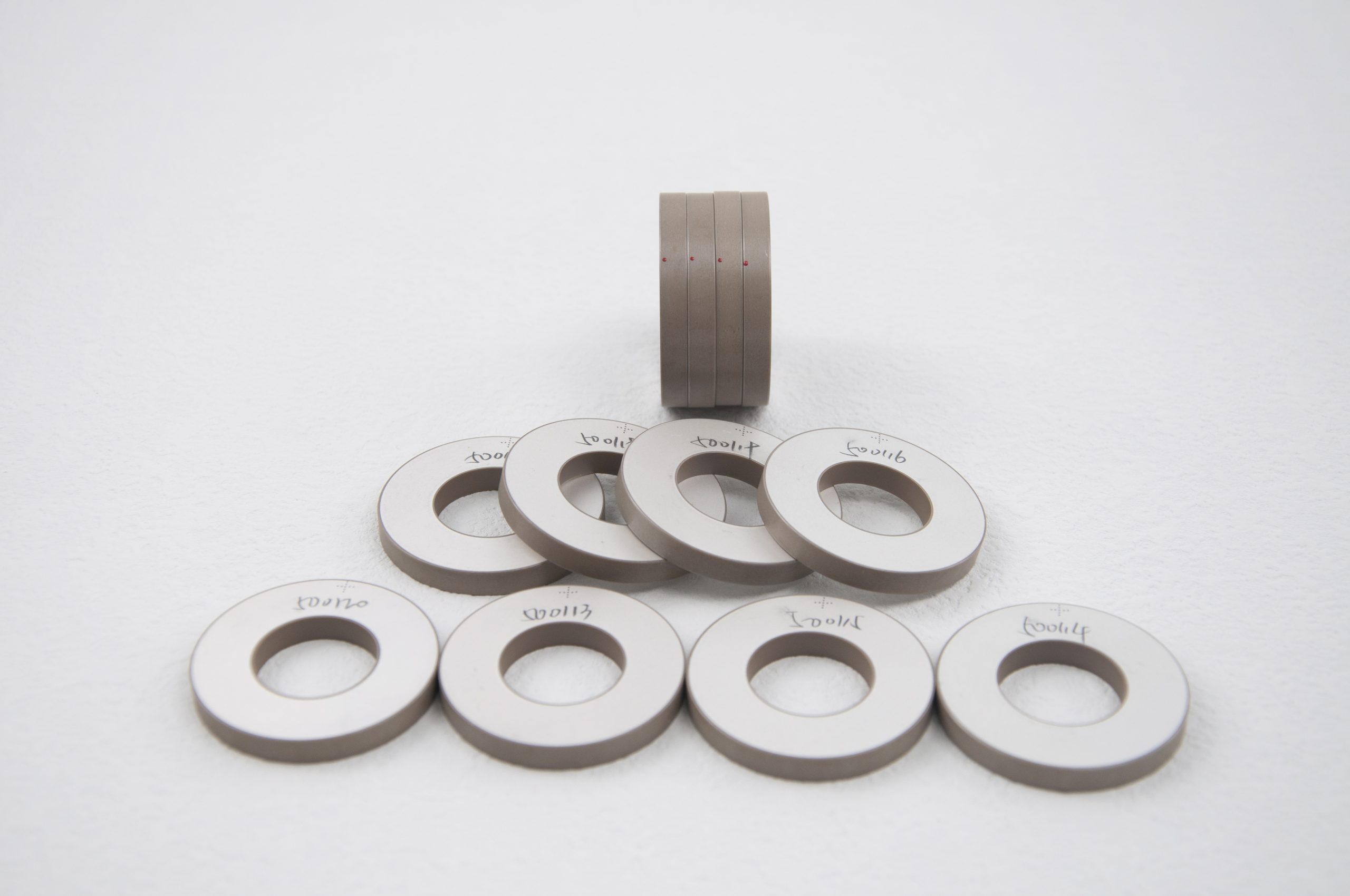
Understanding Piezoelectric Effects in Modern Technology
Piezoelectric ceramics, known for their unique characteristics, have revolutionized various aspects of technology. These materials differentiate themselves from other electronic materials through their diverse properties and applications. This article delves into the fundamental aspects and practical applications of piezoelectric effects.
Voltage Generation: Direct Piezoelectric Effect
One of the primary functions of piezoelectric ceramics is voltage generation through the direct piezoelectric effect. When mechanical stress is applied to these materials, they generate a corresponding voltage. This phenomenon has practical applications in energy harvesting, gas ignition, and various types of sensors, including those for pressure, acceleration, and angular velocity. This ability to convert mechanical energy into electrical energy opens up a plethora of uses, especially in sustainable energy solutions and advanced sensing technologies.
Displacement Generation: Inverse Piezoelectric Effect
Conversely, the inverse piezoelectric effect is observed when piezoelectric ceramics generate displacement in response to an applied voltage. This property is instrumental in linear actuator applications such as piezo injectors, nanopositioning, and antivibration systems. The advantages of using piezoelectric ceramics in these applications include their fast response, large generation pressure, and precise operational resonance. This makes them superior to traditional electronic and hydraulic actuators in many scenarios.
Resonance and Vibration Applications
Another significant characteristic of piezoelectric ceramics is their intrinsic ability to vibrate according to their shape and size. When subjected to an electric field at a specific resonant frequency, these materials vibrate with large amplitudes, facilitating maximum current flow. This feature is utilized in ultrasonic vibrators found in household appliances like washing machines and humidifiers, as well as in sonar systems, electrical signal filters, and ultrasonic motors.
Conclusion: Piezoelectrics in Functional Devices
Piezoelectric ceramics are integral to the development of various functional devices. This section has outlined basic technologies and practical applications of these materials, including in sensors, ultrasonic transducers, actuators, and ultrasonic motors. The piezoelectric effect, both in its direct and inverse forms, has become a cornerstone of modern technological applications, offering innovative solutions across multiple industries.

